Several forestry associations in Iceland are selling Christmas trees this year, either already cut down or inviting people to come into the forest to pick and cut down their own Christmas tree.
These are the associations selling trees:
Akranes Forestry Association at Slaga, Sunday December 18, 12-3 PM.
A-Húnvetningar Forestry Association at Gunnfríðarstaðaskógur, Saturday December 17, 11 AM – 3 PM.
Árnesingar Forestry Association at Snæfoksstaðir, December 10-11 and December 17-23, 11 AM – 4 PM.
Borgarfjörður Forestry Association at Reykholt, Saturday December 17, 11 AM – 3 PM.
Eyfirðingar Forestry Association at Laugalandsskógur, December 10-11 and December 17-18, 11 AM – 3 PM. Also in Kjarnaskógur every day til December 23, 10 AM – 6 PM.
Garðabær Forestry Association at Smalaholt, Saturday December 17, 11:30 AM – 3:30 PM.
Hafnarfjörður Forestry Association at Þöll on Kaldárselsvegur, every day until December 23, 10 AM – 6 PM. Trees and decorations.
Ísafjörður Forestry Association at site above Bræðratunga, Saturday December 10, 1 – 3 PM.
Mosfellsbær Forestry Association at Hamrahlíð. Every day until December 23. Open 10 AM – 4 PM on weekends, December 12 – 16 at 2 – 5 PM, December 19 – 22 at 12 – 5 AM and December 23 at 10 AM – 4 PM.
Mörk Forestry Association at Stóri-Hvammur, Saturday December 17, 1:30 – 3 PM.
Rangæingar Forestry Association at Bolholt, Saturday December 17, 12 – 3 PM.
Reyðarfjörður Forestry Association at Hagi, Sunday December 11, 10 AM – 1 PM.
Reykjavík Forestry Association at the Elliðavatn Christmas Market on weekends, 12 AM – 5 PM. Christmas Forest at Hólmsheiði on weekends, 11 AM – 4 PM. Christmas tree sale at Lækjartorg on December 17-18, 2 – 6 PM and December 19-22, 4 – 8 PM.
Skilmannahreppur Forestry Association in Álfholtsskógur, December 10-11 and Saturday December 17, 12 – 3:30 PM.
Stykkishólmur Forestry Association in Sauraskógur, Saturday December 10, 11:30 AM – 2 PM and Grensás, Saturday December 17, 11:30 AM – 2 PM.
Fossá Forestry Association at Fossá in Hvalfjörður, December 10-11, 11 AM – 3 PM.
The Icelandic Forestry Association hosts pre-booked groups at Ingunnarstaðir in Brynjudalur.
Further information (in Icelandic) at https://www.skog.is/jolatrjaavefurinn/
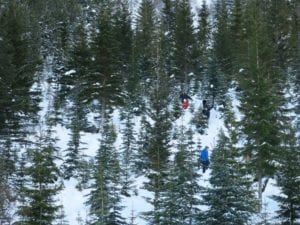

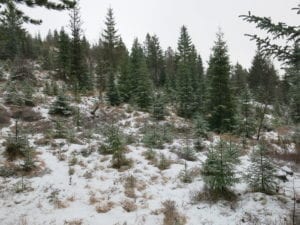
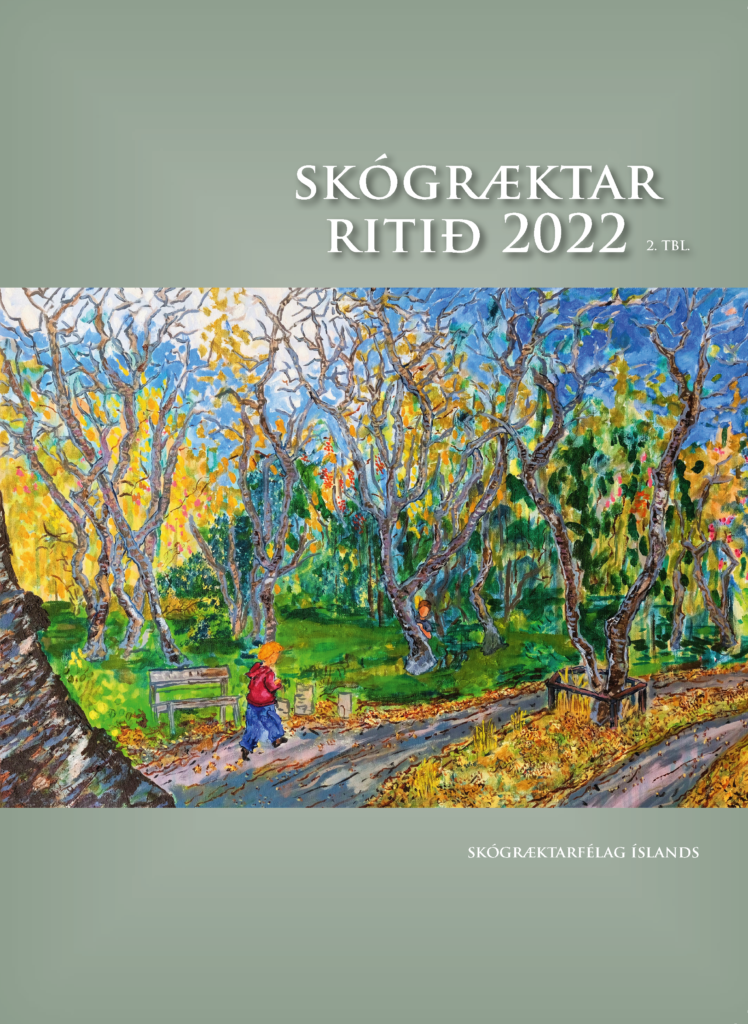




 Skógræktarfélag Íslands has the pleasure to announce the opening of the exhibition “The Women who plant trees” in collaboration with American visual artist Christalena Hughmanick (
Skógræktarfélag Íslands has the pleasure to announce the opening of the exhibition “The Women who plant trees” in collaboration with American visual artist Christalena Hughmanick (








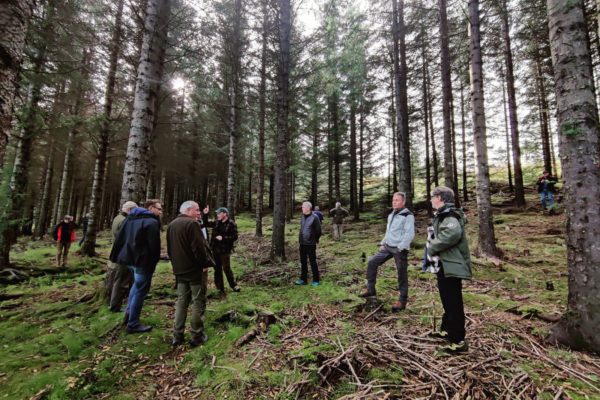
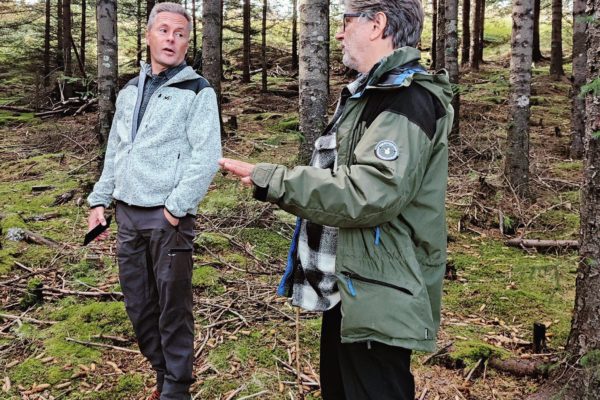


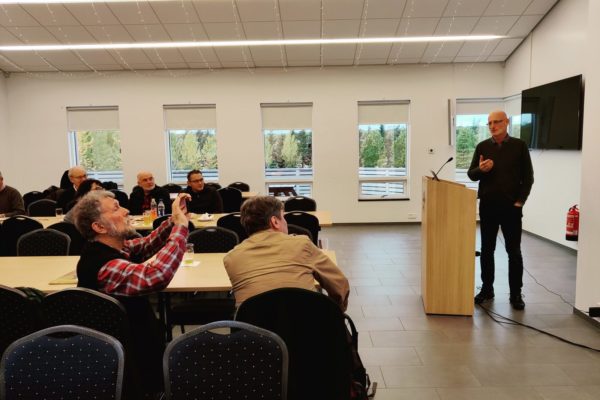

Nýlegar athugasemdir